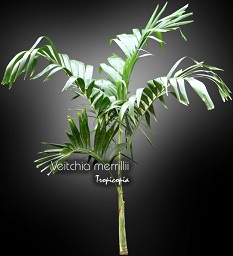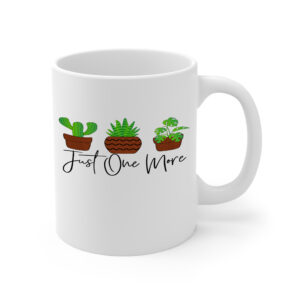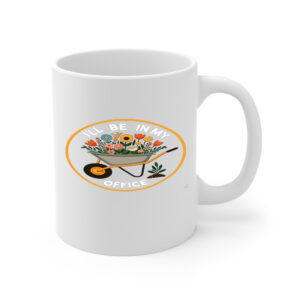Table of contents
Adonidia

Latin Name: Veitchia merrillii
Category: Palm
Family: Arecaceae
Origin: Philippines
Climate: Tropical
Growing Zones: 11-10
Care Instructions
The Adonidia (Veitchia merrillii) is a tropical plant that originates from Philippines. This palm plant belongs to the Arecaceae family and is well-suited for growing in USDA zones 11-10.
Complete Care Guide for Adonidia (Veitchia merrillii)
Watering Requirements
The Adonidia, commonly known as the Christmas Palm, thrives in a humid environment and requires consistent watering to maintain its health. During the growing season, which typically spans from spring to early fall, it is essential to keep the soil evenly moist but not soggy. Water the plant deeply once a week, allowing the top inch of soil to dry out between waterings. In the winter months, reduce watering frequency, as the plant enters a dormant phase and requires less moisture. Always check the soil moisture before watering to prevent overwatering, which can lead to root rot.
Light Conditions
Adonidia palms prefer bright, indirect light but can also tolerate partial shade. Ideally, they should receive at least 4 to 6 hours of filtered sunlight each day. If grown indoors, place them near a window that receives ample light but avoid direct sunlight, which can scorch the leaves. When planted outdoors, ensure they are positioned in a location that provides some protection from harsh afternoon sun, especially in hotter climates. Adequate light is crucial for promoting healthy growth and vibrant foliage.
Soil Preferences
The ideal soil for Adonidia is well-draining, rich in organic matter. A mixture of potting soil, peat moss, and perlite or sand works well to ensure proper drainage while retaining some moisture. The pH level should be slightly acidic to neutral, ideally between 6.0 and 7.0. Regular fertilization is beneficial, especially during the growing season. Use a balanced, slow-release fertilizer every 6 to 8 weeks to provide essential nutrients. Additionally, incorporating organic compost into the soil can enhance its fertility and improve moisture retention.
Pests and Diseases
Adonidia palms are generally resilient but can be susceptible to pests such as spider mites, mealybugs, and scale insects. Regularly inspect the leaves for signs of infestation, such as webbing or sticky residue. If pests are detected, treat them promptly with insecticidal soap or neem oil, ensuring thorough coverage of the affected areas. Additionally, watch for signs of fungal diseases, particularly in overly moist conditions. Root rot is a common issue, so ensure proper drainage and avoid waterlogging the soil. If you notice yellowing leaves or stunted growth, check the roots for rot and adjust your watering practices accordingly.
Special Care Tips
To maintain the health and beauty of your Adonidia palm, consider the following special care tips: First, regularly clean the leaves with a damp cloth to remove dust and enhance photosynthesis. This practice also helps prevent pest infestations. Second, if growing indoors, rotate the plant occasionally to ensure even growth and prevent it from leaning towards the light source. Third, during the growing season, you may want to mist the leaves occasionally to increase humidity, especially in dry indoor environments. Lastly, be mindful of temperature fluctuations; Adonidia palms prefer temperatures between 70°F and 85°F (21°C to 29°C) and should be protected from cold drafts and frost.








